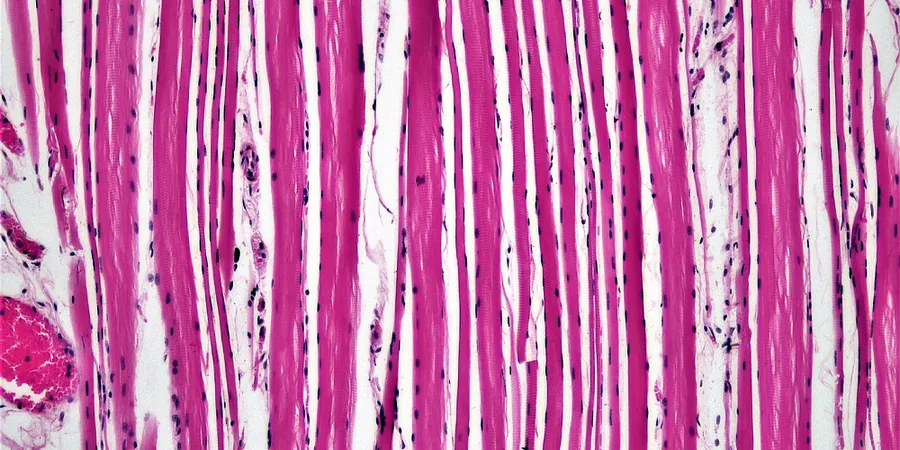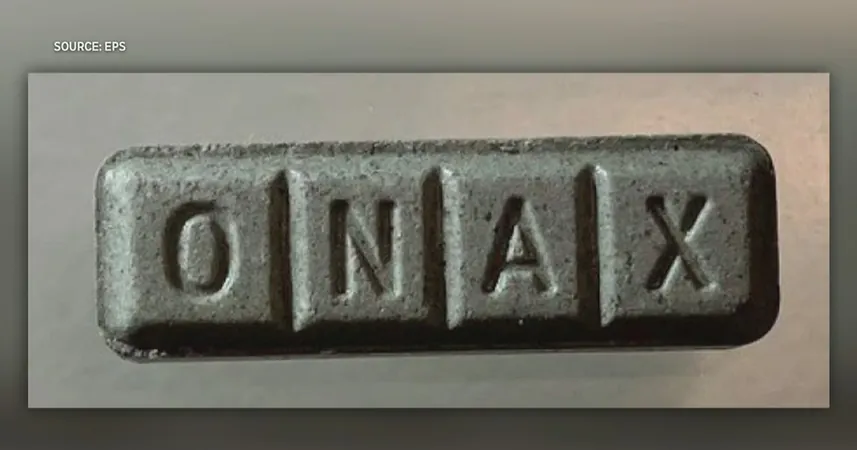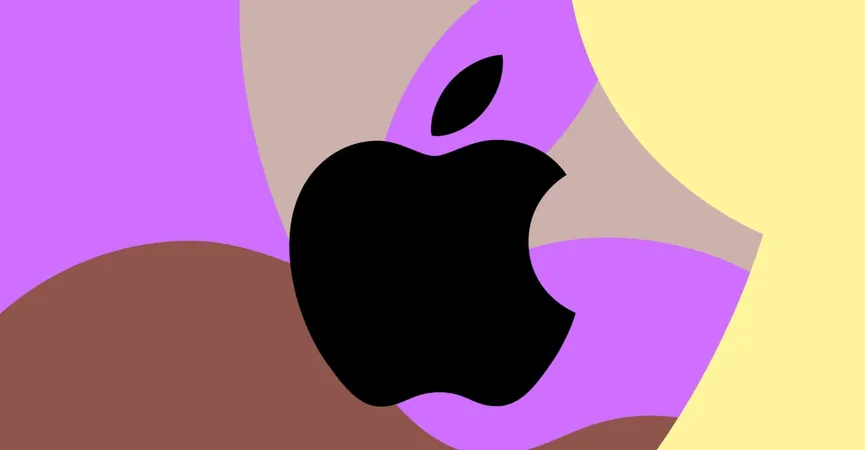
Unlocking the Secrets of the Heart: Groundbreaking Proteomic Study Reveals Cellular Diversity
2025-06-17
Author: Noah
In an exciting leap forward in cardiac research, scientists are harnessing the power of induced pluripotent stem cells (iPSCs) to unravel the complex tapestry of heart tissues and diseases. These remarkable cells can be transformed into various types, including the vital cardiomyocytes, or heart muscle cells.
A dedicated team from Cedars-Sinai Medical Center, led by researchers Lizhuo Ai, Aleksandra Binek, and Vladimir Zhemkov, has undertaken a pioneering analysis of heart cells through different developmental stages. Their groundbreaking work, published in Molecular & Cellular Proteomics, sheds light on the intricacies of cardiac cell differentiation and function.
Using advanced mass spectrometry techniques, the researchers differentiated iPSCs into cardiomyocytes and meticulously examined their proteomic profiles at crucial points during a three-week maturation process. The results were astonishing: they discovered significant proteomic variations among iPSC-derived cardiomyocytes (iCMs), indicating the emergence of multiple cell subtypes.
What makes this study particularly intriguing is the finding that many of the differentially expressed proteins in these subtypes are associated with exosomes—tiny extracellular vesicles that facilitate intercellular communication by transporting biomolecules, including DNA and proteins.
In a further revelation, the researchers drew comparisons between iCMs and adult cardiomyocytes (aCMs) isolated from human heart tissues. They found that, while both cell types shared a common set of proteins linked to muscle function, adult heart cells displayed a richer array of mitochondrial proteins. This disparity suggests that iCMs are still in a state of metabolic immaturity, opening the door for further exploration into their developmental potential.
Moreover, the analysis hinted at an exciting discovery: certain adult heart cells expressed markers typically associated with both heart and brain cells. This could point to the existence of a novel cardiac cell type, challenging the long-held perceptions of cardiac cell diversity.
The implications of these findings are profound. They suggest that the heart is far more diverse than previously understood, which could have significant consequences for our grasp of cardiac function and disease mechanisms. With the ability to replicate much of the cardiomyocyte proteome and generate varied tissue types, iPSCs emerge as promising tools for the study and treatment of human heart diseases.









 Brasil (PT)
Brasil (PT)
 Canada (EN)
Canada (EN)
 Chile (ES)
Chile (ES)
 Česko (CS)
Česko (CS)
 대한민국 (KO)
대한민국 (KO)
 España (ES)
España (ES)
 France (FR)
France (FR)
 Hong Kong (EN)
Hong Kong (EN)
 Italia (IT)
Italia (IT)
 日本 (JA)
日本 (JA)
 Magyarország (HU)
Magyarország (HU)
 Norge (NO)
Norge (NO)
 Polska (PL)
Polska (PL)
 Schweiz (DE)
Schweiz (DE)
 Singapore (EN)
Singapore (EN)
 Sverige (SV)
Sverige (SV)
 Suomi (FI)
Suomi (FI)
 Türkiye (TR)
Türkiye (TR)
 الإمارات العربية المتحدة (AR)
الإمارات العربية المتحدة (AR)